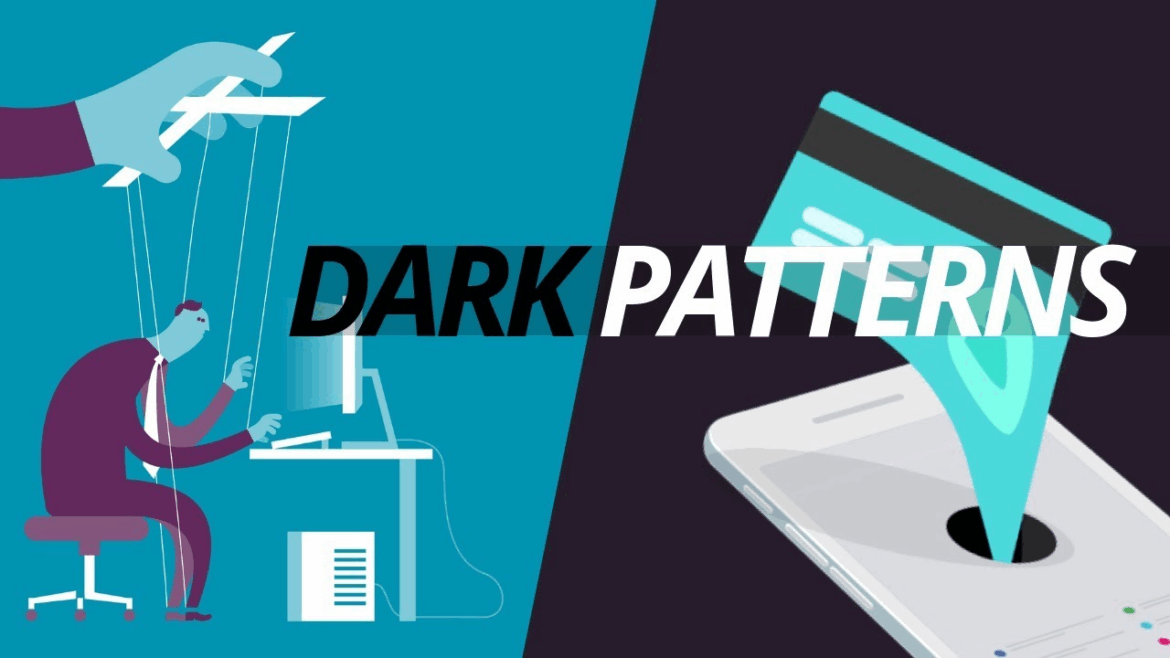Dark patterns are manipulative design strategies used on the internet to trick users into performing unwanted actions. In this guide, you will learn what dark patterns are, how they work, what types there are, and how you can protect yourself from them.
Definition: What are dark patterns?
Dark patterns are a widespread phenomenon in the digital age, where web designers deliberately design user interfaces to trick users into performing certain actions. These methods can be subtle or very obvious, but they always aim to persuade the user to make a decision that they might not have made under other circumstances.
- Dark patterns use psychological tricks to manipulate users, often without them realizing it.
- Such patterns can occur in online stores, on social media platforms, or in mobile apps.
- Common goals of dark patterns include selling products, collecting data, or extending subscriptions.
- User-friendliness is often sacrificed to achieve corporate goals, which can lead to frustration for the user.
How dark patterns work
Dark patterns are deliberately manipulative elements in website or app user interfaces that are designed to trick users into making decisions that are not in their best interest, but primarily benefit the provider. They exploit psychological tricks and human weaknesses to obtain more personal data, money, or attention, for example.
- Exploiting cognitive biases: Dark patterns exploit so-called “biases” – mental shortcuts that we use when making quick decisions. Examples include the feeling of scarcity (“only 2 left”) or social influence (“others love this product”).
- Misleading design: Buttons or menus are designed in such a way that the desired (preferred by the provider) option is particularly noticeable and easily accessible, while alternatives are hidden, incomprehensible or difficult to access. A classic example is the conspicuous “Accept all cookies” button, while rejecting cookies is made difficult.
- Emotional manipulation: Some dark patterns deliberately play on feelings of guilt or social pressure, for example through so-called “confirmshaming” texts such as “No, I don’t want to receive great offers.”
- Hiding or complicating options: Functions such as canceling a subscription or deleting an account are deliberately made complicated (“Roach Motel”), while getting started is very easy.
- Confusing questions and default settings: Tricky wording or pre-checked boxes ensure that users accidentally agree or subscribe to unwanted services.
Examples of dark patterns
Dark patterns often operate in a legal gray area, but are partially prohibited in the EU by the Digital Services Act (DSA), especially if they impair users’ freedom of choice.
- Cookie banners: The option to reject cookies is hidden or difficult to find, while accepting them is easy and conspicuous.
- Hidden costs: Additional fees are only displayed at the end of the ordering process to make it more likely that the transaction will be completed.
- Difficult cancellation: Unsubscribing from newsletters or canceling subscriptions is unnecessarily complicated (“Roach Motel”).
- Trick questions: Unclear or double-negative questions lead to unintended decisions.
- Dark patterns work because they tap into our habits, perception patterns, and emotions, subtly tricking us into doing things we didn’t really intend to do.
How can you protect yourself from dark patterns?
To protect yourself from dark patterns, the following strategies recommended by consumer protection organizations, data protection experts, and UX professionals can help:
- Don’t click too quickly: Take your time to carefully check every button, pop-up, and selection option before agreeing or continuing.
- Check pre-selected checkboxes: Make sure that no boxes are already checked, especially for newsletters, additional services, or cookie settings.
- Check your shopping cart and booking overview: Before completing a purchase or booking, you should carefully check all items and additional options to avoid hidden costs or unwanted services.
- Do not make decisions under pressure: Do not allow yourself to be pressured into quick decisions by artificial scarcity (e.g., “only 2 rooms left”) or countdown timers.
- Remain critical and skeptical: Question offers, compare prices, and look for independent reviews before disclosing personal information or entering into contracts.
- Read the fine print: Even if it’s tedious, you should at least skim through the terms and conditions and privacy policies to identify any hidden clauses.
- Sharpen your awareness: Learn about typical dark patterns so you can spot them more quickly. Websites such as Deceptive Patterns offer many examples.
- Don’t act under stress or when tired: In such situations, you are particularly susceptible to manipulative designs. It is better to postpone processes if you are unsure.
- Submit complaints: If you notice manipulative designs, you can report them to consumer centers or the relevant authorities.

